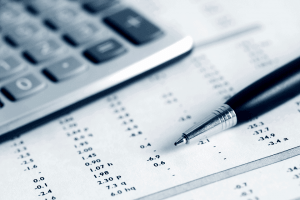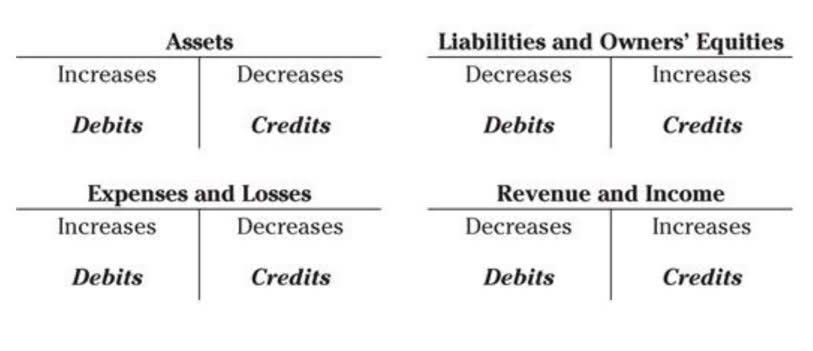
11 Financial may only transact business in those states in which it is registered, or qualifies for an exemption or exclusion from registration requirements. Specifically, permanent assets are shown first and less permanent assets are shown afterward. Let’s walk through each one of these sections and answer the question what is a classified balance sheet. There’s no standardized set of subcategories or required amount that must be used. Management can decide what types of classifications to use, but the most common tend to be current and long-term.
- Since stocks and bonds have public exchanges with continual pricing, they’re often referred to as liquid assets.
- Assets represent the resources that help generate income and grow wealth, while liabilities are financial obligations that need to be settled.
- While impairment is often permanent, an asset’s value can increase after this loss has been recognized if the elements that caused it no longer exist.
- Then, when the benefits of these assets are realized over time, the amount is then recorded as an expense.
- The order of liquidity is important for businesses because it provides a framework for making investment decisions.
- Current assets reveal the ability of a company to pay its short-term liabilities and fund its day-to-day operations.
EnKash announced partnership with the NPCI to launch B2B invoice payments on BBPS
Managing these liabilities effectively is important to ensure they don’t accumulate and burden the overall financial health. It includes property, such as real estate, as well as cash, investments, and inventory. Assets are important for businesses because they help the business grow, make money, and provide liquidity when the company goes through a difficult time financially. The quick ratio, sometimes called the acid-test ratio, is identical to the current ratio, except the ratio excludes inventory. Inventory is removed because it is the most difficult to convert to cash when compared to the other current assets like cash, short-term investments, and accounts receivable.

Example of Order of Liquidity in Current Assets

Assets are used to create liabilities in order of liquidity value, generate income, or support operational functions, such as equipment for a business. On the other hand, liabilities represent obligations or debts that require financial outflow. A liability could be a loan that a company needs to repay, while an asset could be the property or equipment purchased with that loan. Current liabilities are due within 12 months or less and are often paid for using current assets. Non-current liabilities are due in more than 12 months and most often include debt repayments and deferred payments.
- The quick ratio evaluates a company’s capacity to pay its short-term debt obligations through its most liquid or easily convertible assets.
- Of all the financial statements issued by companies, the balance sheet is one of the most effective tools in evaluating financial health at a specific point in time.
- Specific liquidity ratios or metrics include the current ratio, the quick ratio, and net working capital.
- Tangible assets are vital in industries where production and physical operations are central to success.
- A negative working capital, on the other hand, means that the company does not have enough current assets to pay its current liabilities.
- Our work has been directly cited by organizations including Entrepreneur, Business Insider, Investopedia, Forbes, CNBC, and many others.
Reviewing Liabilities on the Balance Sheet
For individuals, it allows for better financial planning, from building an emergency fund to saving for long-term goals like retirement. Operating liabilities are obligations related to the core operations of a business, such as accounts payable or wages payable. In contrast, non-operating liabilities include debts that are not tied directly to day-to-day operations, like interest on loans or taxes owed. Distinguishing between these two types is important for businesses to allocate resources efficiently and avoid liquidity crises. This format is important because it gives end users more information about the company and its operations. Creditors and investors can use these categories in their financial analysis of the business.
Assets, Liability, and Equity

Effective management of both assets and liabilities also contributes to better https://www.facebook.com/BooksTimeInc/ risk management. Excessive liabilities, particularly those with high interest rates, can increase financial vulnerability. On the other hand, maintaining diverse and liquid assets helps to cushion against financial downturns or unexpected expenses.
- Understanding and managing these types of liabilities is key to maintaining financial stability.
- The most significant difference lies in the fact that assets are things you own, whereas liabilities are what you owe.
- Current assets include resources that are consumed or used in the current period.
- For individuals, it means a greater capacity to save, invest, and achieve financial goals, such as purchasing a home or funding retirement.
- Company stocks traded on the major exchanges are typically considered liquid.
Current Liabilities
While these liabilities may not always materialize, understanding their impact is crucial in evaluating financial risks. Assets and liabilities meaning is embedded in the financial world, and for a good reason. For everyone who wants to stay financially healthy or build their wealth, separating assets from liabilities is something you should understand. Whether we are talking about your personal finances or managing a company, making the right decisions for the business depends on how you distinguish the two. As you can see, each of the main accounting equation accounts https://www.bookstime.com/articles/bookkeeping-for-ebay-sellers is split into more useful categories.

Inventory is considered more liquid than other assets, such as land and equipment but less liquid than other short-term investments, like cash and cash equivalents. Inventory items are considered current assets when a business plans to sell them for profit within twelve months. Current assets reveal the ability of a company to pay its short-term liabilities and fund its day-to-day operations. Current assets include, but are not limited to, cash, cash equivalents, accounts receivable, and inventory. A company’s balance sheet is comprised of assets, liabilities, and equity.